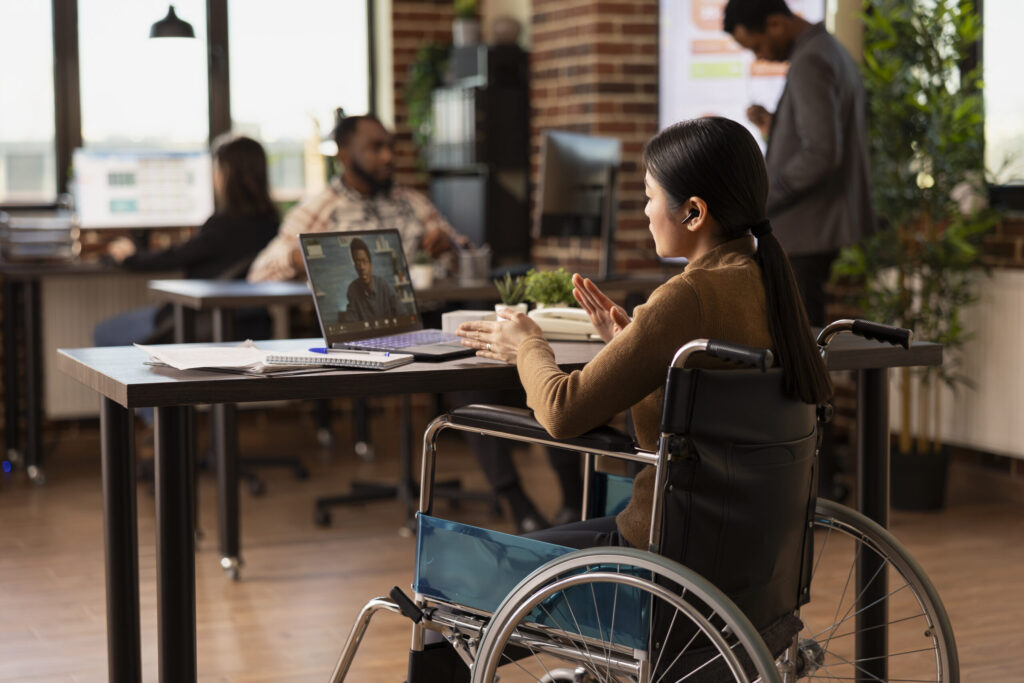
Why It Matters—The Numbers Say It All
- In 2021–22, mental health conditions made up 9% of all serious workers’ compensation claims—a 36.9% rise since 2017–18. Claims involving psychological injuries also had significantly higher lost time—over 4 times longer than for physical injuries Safe Work Australia.
- NSW alone has seen a 30% surge in psychological injury claims over four years, compared to just 11% for physical injuries. The economic toll? Up to $39 billion annually in losses The Guardian.
- Back in 2018–19, a typical mental injury claim cost around $46,400—over three times more than the average for other serious claims. Recovery times averaged 26.6 weeks, versus 7.3 weeks for all other claims healthybusiness.net.au.
- Universities are under pressure too: one study found exposure to high psychosocial risk among staff rose from 26.6% in 2020 to 39.6% in 2024, driven by high workloads, casualisation, bullying, and restructures The Australian.
These figures underscore that psychosocial risks aren’t just legal issues—they’re business issues.
The Legal Groundwork in Australia
Australian WHS laws now explicitly include psychosocial hazards, meaning mental health is as much a safety obligation as physical safety. Here’s what duties look like in practice:
- The Work Health and Safety Regulations 2011 (Regulations 55A–55D) require PCBUs to identify, assess, control, and review psychosocial risks—using the risk management hierarchy (eliminate first, then minimize) ComcareSafe Work Australia.
- The 2024 Model Code of Practice: Managing Psychosocial Hazards at Work offers step-by-step guidance for assessing, controlling, and maintaining those controls Safe Work AustraliaFederal Register of Legislation.
- Changes to the WHS Regulations came into effect as of 1 April 2023, supplying more detail on obligations around psychosocial risk Australian Public Service Commission.
- Importantly, Courts can consider the Code of Practice as evidence when determining if workplace practices were “reasonably practicable”—so compliance is both legal protection and best practice Federal Register of Legislation.
What “Practical” Looks Like: A 4-Step Framework
Drawing from legislation and guidance, here’s a hands-on process managers can implement today:
Step 1: Identify Hazards
Use tools such as:
- People at Work survey data and incident logs Safe Work Australia DataSafeWork NSW
- Walkthroughs or worker consultation to spot issues like unrealistic workloads, poor role clarity, bullying, harassment, and weak change communication Safe Work Australia+1.
Step 2: Assess the Risks
Determine likelihood and severity:
- How often do issues arise?
- Who is affected—one person or a group?
- Does this create serious psychological risk?
Refer to the Regulation’s hierarchy of control Comcare.
Step 3: Control the Risks
Consider, for example:
- Work design changes (e.g., adjusting workloads, improving autonomy or role clarity)
- Support structures (e.g., peer networks, manager training, Employee Assistance Programs)
- Policies and culture (e.g., anti-bullying programs, transparent change communication)
Follow strategies in the Code of Practice HFWSafe Work Australia.
Step 4: Monitor & Review
Set clear review checkpoints—for example, quarterly:
- Are supports working?
- Have incidents decreased?
- Do employees feel heard and safe?
Update controls based on outcomes HFW.
Real-World Spotlight
- NSW’s Response: The sharp rise in psychological injury claims prompted SafeWork NSW to fund $5.6 million in mental health training for small-to-medium businesses, and launch a four-year strategy toward better psychological safety The Guardian.
- University Sector: With psychosocial risk jumping dramatically (26.6% to 39.6%), institutions now urgently need action plans—focusing on reducing workloads, limiting casualisation, enhancing support, and preventing bullying The Australian.
Quick Reference Table: What You Can Do Now
| Action | Practical Example |
| Identify | Use short surveys, WHS committee feedback, and exit interviews to spot issues like workload stress or communication breakdowns. |
| Assess | Map risk severity: e.g., high burnout scores or repeat complaints signal urgent action. |
| Control | Launch manager training, review role descriptions, reduce unnecessary meetings, offer EAP, embed feedback loops. |
| Review | Use pulse surveys at 3-month intervals; track trends in absence vs. mental health complaints. |
Final Word
Psychosocial risk management is now a legal, ethical, and practical necessity in Australian workplaces. Real data shows the cost of inaction—and legislation confirms the duty. By using a four-step, consultative approach that focuses on tangible change, workplaces can meet their obligations and create mentally healthier, more productive environments.



